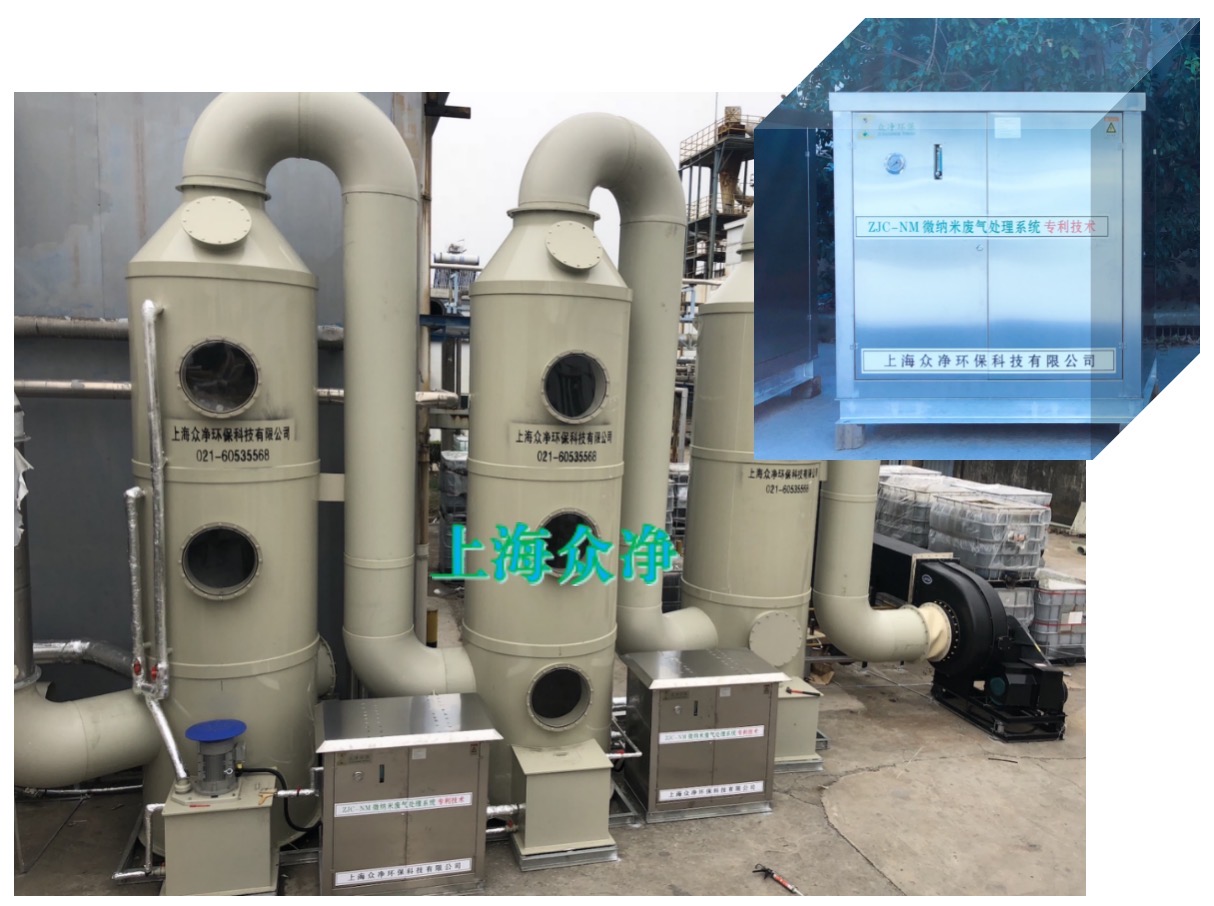The main source and treatment technology of odorous waste gas generated in animal laboratories (purification of waste gas by superoxide micro nano bubbles)
Click:2664Date:2025-01-02 10:54:54
The main sources of odorous waste gas generated in animal laboratories are as follows:
1. Animal metabolites
The respiration of animals releases exhaust gases including carbon dioxide and ammonia. These gases have a significant odor and are harmful to human health and the surrounding environment.
2. Process of animal excrement treatment
Animal excrement such as feces and urine can decompose and produce odorous gases such as ammonia, hydrogen sulfide, and various thiols during storage and processing. These unpleasant odors not only have a strong odor, but may also contain toxic substances.
3. Chemicals involved in the experimental process
Some chemical reagents, drugs, and biological products used in the laboratory may release volatile organic compounds (VOCs), inorganic gases, and toxic compounds during use or storage. These exhaust gases have complex components and are quite challenging to handle.
4. Cleaning and disinfection stage
In the laboratory cleaning and disinfection process, disinfectants and other chemicals used may also release odorous gases, further affecting air quality.
Odor and Odor Exhaust Gas Treatment Technology
For these odorous exhaust gases, a solution using superoxide micro nano bubble purification technology is adopted. This technology utilizes the powerful oxidation effect of micro nano scale superoxide bubbles to degrade organic pollutants in exhaust gas. These bubbles contain multiple oxygen atoms, which can quickly dissolve in water and release highly reactive oxygen species upon rupture, including oxygen ions and hydroxyl radicals. These substances can rapidly oxidize and decompose pollutants in exhaust gas.
The advantages of superoxide micro nano bubble purification technology include:
1. Efficient purification capability
It can quickly remove odors and other pollutants from exhaust gas, improving treatment efficiency.
2. Wide adaptability
Suitable for treating various types of organic waste gases and odorous gases, regardless of changes in gas concentration, flow rate, humidity, temperature, and other conditions.
3. Environmentally friendly and harmless
The final decomposition products are usually harmless substances such as water and carbon dioxide, which do not cause secondary pollution to the environment.
4. Simple operation process
Easy to operate, easy to manage and control, suitable for use in environments such as animal laboratory waste gas treatment.




 Home
Home

